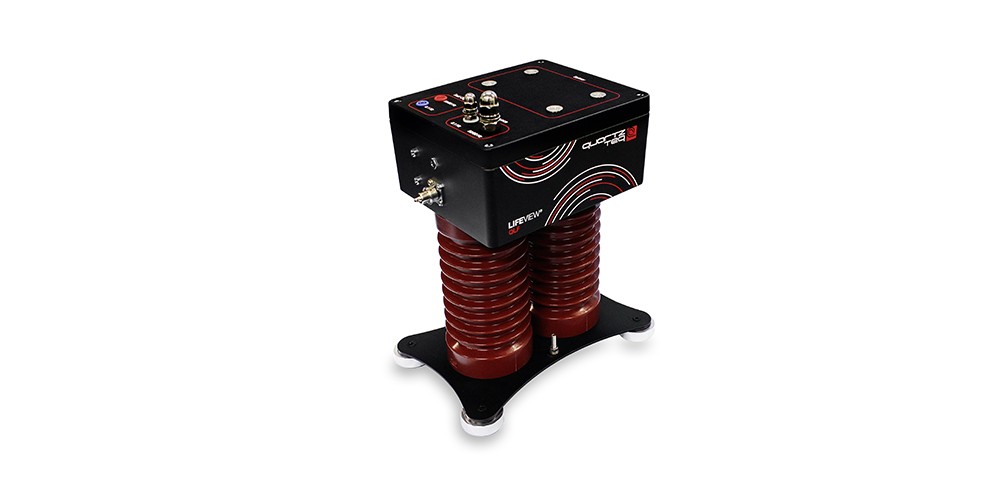NEWS
Ensuring lightning doesn’t strike – and especially not twice

9 November 2022
Lightning strikes can potentially cause catastrophic damage to unprotected or poorly protected buildings and structures, particularly the electrical systems housed within them. Here Quartzelec’s Principal Engineer Peter Brookman provides some simple advice to help ensure lightning doesn’t strike and potentially harm people or cripple your business.
Lightning is a huge electrostatic discharge that flows from a cloud to the ground through the air. These discharges result in sudden flashes of light and trembling sound waves, but they also conceal a huge voltage discharge – commonly around a gigajoule.
Each year the UK experiences approaching 300,000 lightning counts, with a single heavy thunderstorm day typically generating over 10,000 strikes. The highest ever recorded, on 28th June 2012, saw no fewer than 64,000 recorded strikes.
In turn, these lightning strikes can cause significant damage to buildings, assets and equipment which typically result in many hundreds of insurance claims in the UK alone, with accumulated costs from tens to hundreds of thousands of pounds.
Every site can potentially be affected by a lightning strike and there are many practical factors to consider when inspecting and maintaining lightning protection systems in an industrial environment. Businesses can however easily ensure that buildings and structures have the relevant level of both physical and surge protection.
Many businesses just don’t realise that there is a complete set of standards covering lightning protection. BS EN 62305:2011 details what should be consistently implemented but engaging a specialist to undertake a complete compliance and safety inspection and draw up a detailed programme of protective actions is often a simpler option.
Damage can be as simple as lightning striking a cable outside a building, causing a massive surge to enter it via a power cable or a phone line. This can result in sensitive electrical components being destroyed or multiple fires starting within electrical equipment that can then quickly escalate.
Even more important to consider are the consequences from a direct lightning strike to structure. If hazardous materials are present, then the risk is significantly greater, from both physical damage, resultant fire or explosion. Likewise, if there is high voltage electrical equipment present or if it is controlling critical tasks, multiple simultaneous failures could put the whole plant at significant risk.
One of the simplest forms of protection is to ensure appropriate earthing has been put in place and regularly maintained. However, when was the last time you considered or inspected the earthing points on your building or equipment?
For critical structures or those looking for commercial protection isolated lightning protection - where a higher, appropriately earthed, protective structure is sited close to the structure to provide the necessary protection, is one approach.
More commonly, non-isolated protection, which uses the principle of a Faraday Cage, provides the required level of protection. In both cases there are some complex calculations required to ensure optimal protection and a cost‑effective solution is achieved.
Each site survey gathers information on individual structures, the installations within the structure, the contents of it and the people operating within and around the structure. It also looks at the ATEX zones, the deployed fire-fighting capabilities and the incoming utility and cable connections.
Quartzelec, an international provider of engineering services, a major electrical contractor, and a global expert in electrical machines - also recommends visual inspection be ideally undertaken every year, with a full survey every two years. More frequently for structures with explosive materials.
But it’s not all doom and gloom. Having a managed approach to lightning protection not only helps protect your business and employees but can also help reduce your insurance premiums.
Insurance companies are increasingly looking to customers to effectively manage and understand risk and will adjust down their premiums accordingly. Sometimes the whole cost of bringing in an expert to undertake a survey can be offset against the savings in premiums
And even if they are not, wouldn’t you want to be proactively protecting your operations against external risks that have the potential to wipe out your entire business in a single flash of light?
Bahnhofstrasse 3
CH – 5436 Würenlos
Switzerland
















